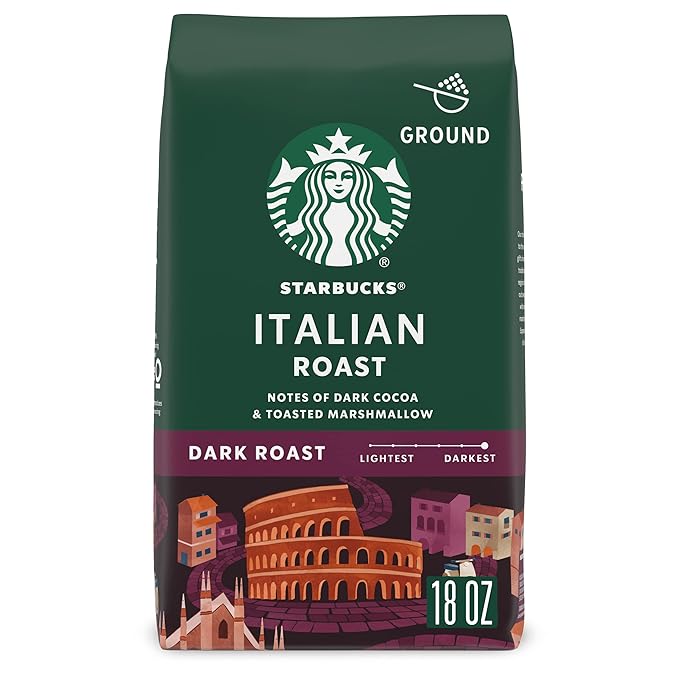☕ There’s nothing like sipping a velvety cappuccino—but did you know the cup you choose can make or break your coffee moment? Let’s dive into the world of cappuccino cups and discover how this humble hero elevates your daily brew!
Why Your Cappuccino Cup Isn’t Just a Mug
Think your cappuccino cup is just a vessel? Think again! The right cup:
✅ Locks in heat so your drink stays warm longer.
✅ Enhances aroma and flavor with its shape.
✅ Adds café-worthy style to your kitchen shelf.
Whether you’re a home barista or a coffee-shop regular, the cup you pick plays a starring role in your sipping experience. Let’s spill the beans!
Anatomy of a Cappuccino Cup: Size, Shape & Material
Size Matters (But Keep It Classic)
Cappuccino cups are typically 5–6 oz—smaller than latte mugs! This size balances espresso, steamed milk, and foam perfectly. Oversized cups? They’ll cool your drink too fast.
The Magic of Curves
Look for wide, rounded bowls that let milk foam float luxuriously. Narrow cups? They’re better for straight espresso.
Material Showdown
- Ceramic: Classic, retains heat well, and feels cozy in your hands.
- Porcelain: Sleeker and lighter, ideal for slow sippers.
- Glass: Instagram-ready layers but cools faster.
- Double-Walled: Keeps drinks hot without burning fingers (great for iced versions too!).
Cappuccino Cup Styles for Every Personality
- Traditional Italian – Thick ceramic, rustic charm, and a small handle. Pair with a vintage espresso machine.
- Modern Minimalist – Smooth porcelain, neutral tones. Think Scandinavian coffee bars.
- Travel-Friendly – Insulated stainless steel for caffeine on-the-go.
Design Tips: Make Your Cup as Unique as Your Brew
- Color Pop: Bright hues or metallic accents to jazz up mornings.
- Artistic Patterns: Floral, geometric, or quirky designs.
- Personalized Touch: Monograms or custom quotes for a gift-worthy vibe.

5 Tips to Choose YOUR Perfect Cup
- Prioritize heat retention if you savor slowly.
- Match your lifestyle—durable ceramic for homes with kids, sleek porcelain for entertaining.
- Check the handle: Comfort matters during long reading sessions!
- Dishwasher-safe? Save time on cleanup.
- Have fun with it—your cup should spark joy (thanks, Marie Kondo!).
(Image suggestion: Hand holding a cappuccino cup with foam art. Alt text: “How to choose the best coffee cup.”)
Final Sip
Your cappuccino cup isn’t just decor—it’s a sidekick to your coffee ritual. Whether you’re team ceramic or a glass lover, investing in the right cup turns every sip into a moment worth savoring.
Ready to upgrade? Browse our favorite picks [internal link] or tag us in your #CoffeeMoments on social media!
Comments Section:
What’s your go-to cappuccino cup? Share your favorites below! ☕✨

coffee health questions
- 1. How much coffee is safe to drink daily?
Most health experts recommend 3–4 cups per day (about 400mg of caffeine) for healthy adults. But listen to your body—some people are more sensitive to caffeine!
- 2. Does coffee dehydrate you?
Nope, that’s a myth! While caffeine is a mild diuretic, the water in coffee offsets this effect. Just balance it with plain H₂O throughout the day.
- 3. Light roast vs. dark roast: What’s the difference?
- Light roast: Bright, acidic, and retains more of the bean’s original flavor.
- Dark roast: Bold, smoky, and has slightly less caffeine (roasting burns off some caffeine).
- 4. How should I store coffee beans?
Keep beans in an airtight container away from heat, light, and moisture. Don’t refrigerate—they’ll absorb fridge odors! Use within 2–4 weeks for peak freshness.
- 5. Can I drink coffee on an empty stomach?
It depends! Some people experience acid reflux or jitters. Try pairing it with a banana or toast if your stomach feels uneasy.
- 6. What’s the best way to make cold brew at home?
Mix 1 cup coarsely ground coffee with 4 cups cold water. Steep for 12–24 hours, strain, and dilute with water/milk. Boom—smooth, low-acid cold brew!
- 7. Is decaf coffee caffeine-free?
Not entirely! Decaf has about 2–5mg of caffeine per cup (vs. 95mg in regular). Perfect for late-afternoon sips if you’re caffeine-sensitive.
- 8. Does coffee stunt your growth?
Science says no! This myth has zero evidence. Your height is mostly determined by genetics and nutrition.
- 9. Why does coffee sometimes make me sleepy?
Caffeine blocks adenosine (a sleep-inducing chemical), but once it wears off, adenosine floods back—hello, crash! Staying hydrated and eating well helps.
- 10. Are expensive coffee beans worth it?
If you crave unique flavors (like floral or fruity notes), single-origin specialty beans are a game-changer. For daily lattes? A mid-range blend works fine!







